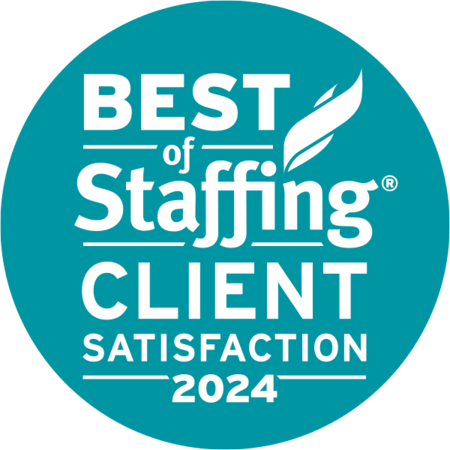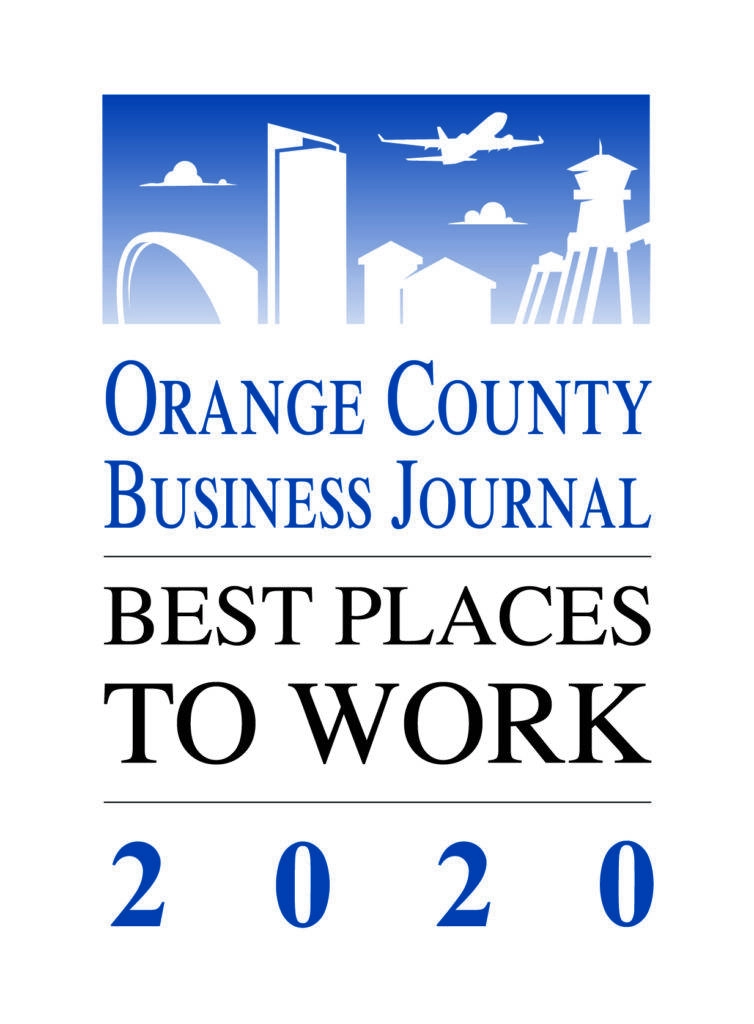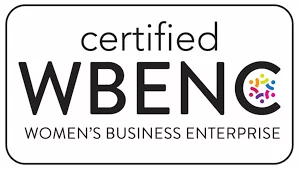The 100-Day Cycle covers the eight stages of turning a prospect into a customer. The process is similar to turning a new hire into a productive long-term employee. After all, you get one chance to make a positive first impression. Focusing on the 100-Day Cycle likely will increase your long-term client base and employee satisfaction.
Deciding Whether to Do Business
In the first phase of the client/employee cycle, they decide whether to do business with you. Marketing and sales employees educate the customer and position the company as fulfilling their needs to cultivate a long-term partnership. Similarly, everyone in the company needs to do what they can to show a new hire that they will fulfill their needs and build a lasting employment agreement.
Agreeing to Conduct Business
In the second phase of the client/employee cycle, they agree to conduct business. The client feels they found a solution to their problem, and the new hire enjoys their job. Other employees need to encourage the excitement that goes with finding a new opportunity to maintain the effect.
Affirming the Decision
In the third phase of the client/employee cycle, they may begin feeling they made the wrong choice. The excitement has worn off and things are returning to normal. The client/employee may wonder whether they will be happy long-term with their decision. Therefore, you need to reinforce the belief that the client/employee will continue having their needs met and remaining happy with the benefits the company provides them.
Delivering on Promises
In the fourth phase of the client/employee cycle, they wonder if the company will deliver on its promises. You need to be proactive when interacting with your client/employee to shape your long-term relationship. For instance, personalize your client’s experience by offering complementary products/services that blend with their interests and serve their needs. Or, ask your new hire for feedback on their experience and how you may improve it.
Getting Used to Doing Business
In the fifth phase of the client/employee cycle, educate on how your company conducts business. Even though you went over everything in orientation/onboarding, your client/employee will not understand or retain all of the information. By explaining new processes/projects, you engage them in the best way to work with your company for their desired results.
Reaching Goals
In the sixth phase of the client/employee cycle, they reach their original goal in working with you. Keep in mind that you must continue working with the client/employee to continue the relationship long-term. For instance, offer a client additional products/services to enhance the work you already completed. Or, set a new business goal for the employee.
Taking Ownership
In the seventh phase of the client/employee cycle, they take ownership in the relationship. Because you helped them reach their goals, they understand the value you provide. Recognize your client/employee accordingly. For instance, feature their stories in your company newsletter and social media.
Advocating
In the eighth phase of the client/employee cycle, they begin advocating for your brand. Because you helped them, they want to help you. This is the perfect time to request client/employee referrals and build your brand ambassadors and social media followings.
Find Quality Professionals in Orange County and LA
Work with the premier accounting and finance recruiters in Southern California to take a smarter approach to recruiting. Contact us today!





